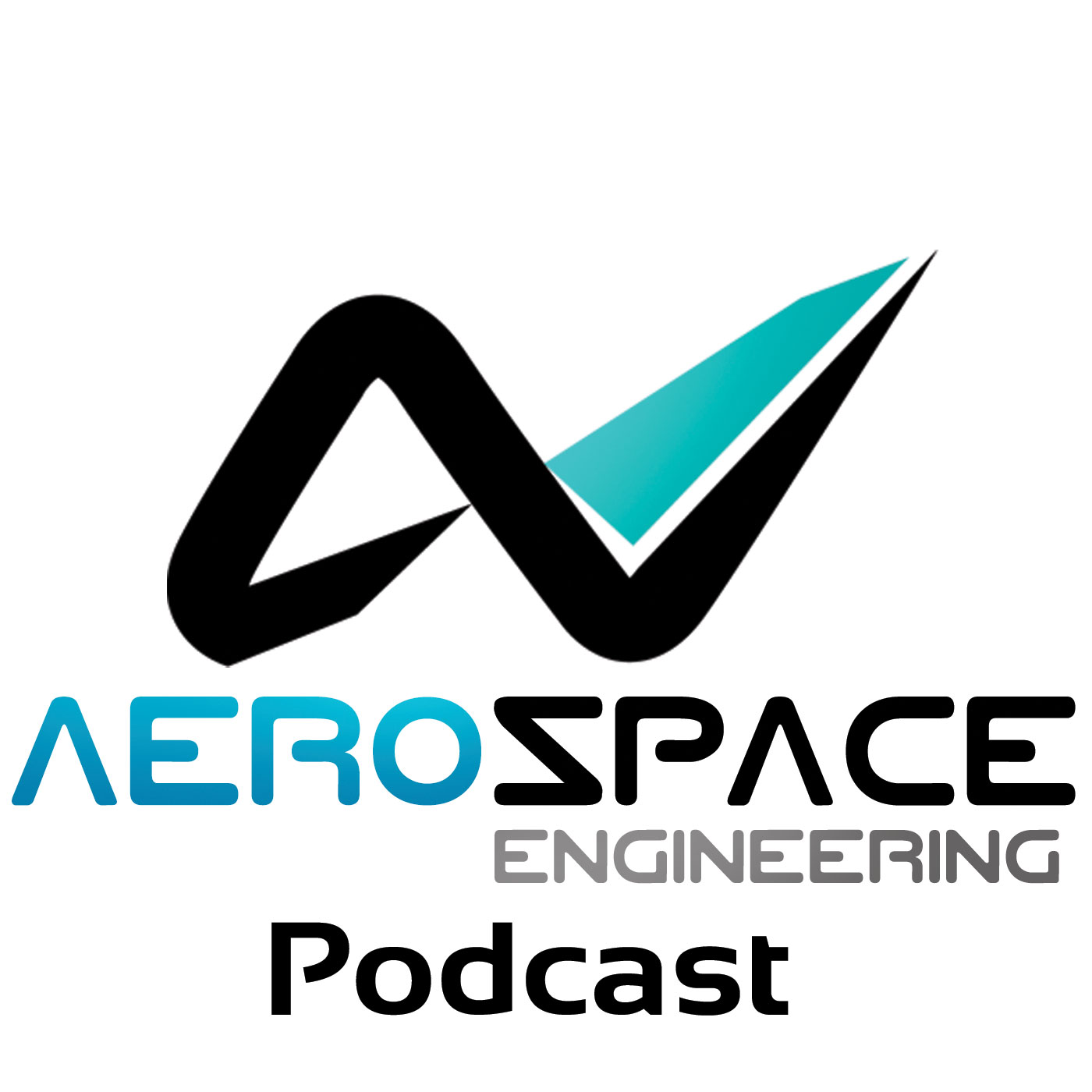Episodes

Tuesday Jul 10, 2018
Tuesday Jul 10, 2018
On this episode I am speaking to Thomas Pfammatter, who is the co-founder of the Swiss electric aviation startup Dufour Aerospace. Dufour is currently designing an electric aircraft with vertical take-off and landing (VTOL) capabilities for the urban and rural transport market. The promise of their current aircraft, the aEro 2, is that with VTOL capabilities it can take-off and land pretty much anywhere, which can considerably reduce travel times, especially to places that are difficult to reach by car or train. There is a long-standing compromise in aviation between taking-off vertically, and being able to travel fast horizontally. Dufour Aerospace believes that with electric propulsion it is possible to combine these two worlds. To achieve this, Dufour are using a tilt-wing design fitted with two propellers. The wing and attached propellers can pivot around a hinge between the horizontal and vertical planes, and thereby provide exceptional lift, stability and control characteristics even in slow flight. Dufour have proven their electrical aviation ambitions with the aEro1 aerobatic aircraft and are currently in the process of developing the tilt-wing aEro 2 airplane. In this episode you will learn about many of the details behind Dufour’s technology such as:
- the tilt-wing concept and the tail fan used for pitch control
- the aerodynamic importance of the vortex ring state
- the future of regional travel and how Dufour hopes to influence this space
If you want to learn more about the topics discussed in this episode, then you can find show notes with links to more in-depth material on the aerospace engineering blog. If you want to support the show then please leave a review; share it on social media with your friends and family; or support us directly on Patreon. Thanks a lot for listening!
This episode is brought to you by AnalySwift. Do you work in the design and analysis of aerospace structures and materials? If so, AnalySwift’s innovative engineering software SwiftComp may be the solution you’re seeking. Used either independently for virtual testing of aerospace composites or as a plugin to power conventional FEA codes, SwiftComp delivers the accuracy of 3D FEA in seconds instead of hours. A general-purpose multiscale modeling program, SwiftComp provides an efficient and accurate tool for modeling aerospace structures and materials featuring anisotropy and heterogeneity. Not only does SwiftComp quickly calculate the complete set of effective properties needed for use in macroscopic structural analysis, it also accurately predicts local stresses and strains in the microstructure for predicting strengths. Find out how others in composites are saving time while improving accuracy, designing earlier in the process, and getting to market more quickly. For a free trial, visit analyswift.com. SwiftComp: Right results. Right away.
This episode is also sponsored by StressEbook.com, which is an online hub for you if you are interested in aerospace stress engineering. StressEbook.com provides world-class engineering services and online courses on the stress analysis of aircraft structures, as well as a free ebook and blog. No matter if you’re a junior or senior structural analyst, stressEbook.com provides you with the skills and know-how to become a champion in your workplace.


Comments (0)
To leave or reply to comments, please download free Podbean or
No Comments
To leave or reply to comments,
please download free Podbean App.